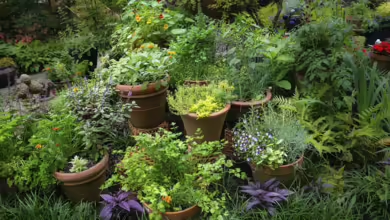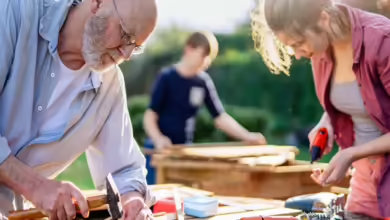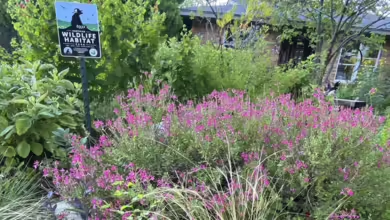Planting Texas Bluebonnets and Daffodils
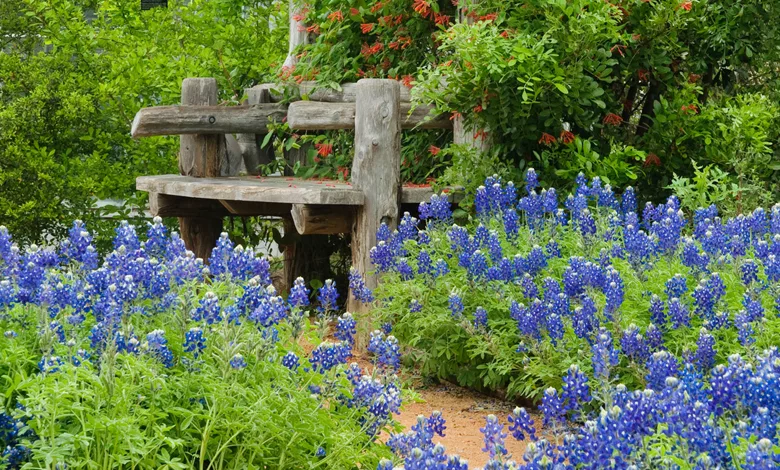
I know spring is here when the bluebonnets and daffodils emerge from their winter sleep to present their pretty flowers.
But planning for these blooms starts long before the first happy flower rises from the soil.
When and Where to Plant Bluebonnet Seeds
Txdot.gov recommends planting bluebonnet seeds between September and December 15. The tiny seedlings (rosette) need the cold winter to bloom in the spring— broadcast the seeds in a large sunny area, a small, prepared location, or you can plant seeds in containers. For good germination, purchase acid-scarified seeds.
Buy seeds in small packets or by the pound at garden centers, feed stores, or through catalogs and the web. Texas wildflower seed growers such as Wildseed Farms and Native American Seed have great websites with information about a plethora of wildflowers. The Texas Department of Transportation, txdot.gov, has planted bluebonnet seeds along Texas highways for many years and has excellent information about planting and growing the Texas State flower – the bluebonnet.
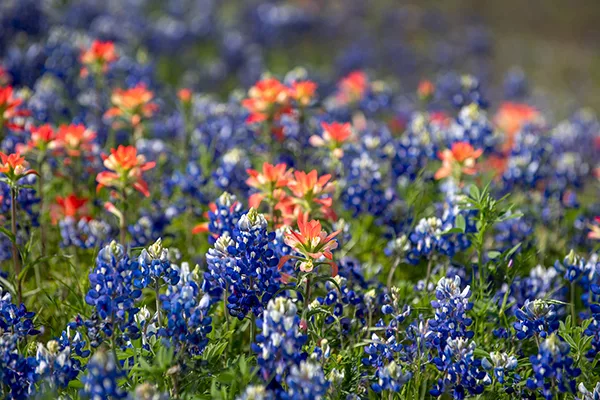
Tips for Growing Beautiful Bluebonnets:
- Plant the bluebonnet seeds in a sunny area with good drainage.
- Break up the soil about one inch. A small packet will cover 10 square feet.
- Plant the seeds when you expect rain or when you prepare to water.
- Press the seeds into the soil no deeper than 1/8 inch.
Once the seedlings are growing well, very little care is required. If you want to keep the planted area only for bluebonnets, wait to mow until the seeds drop. I planted bluebonnets in the same place for several years, but they seem to move.
When fall arrives each year, watch for bluebonnets germinating in different areas of your yard.
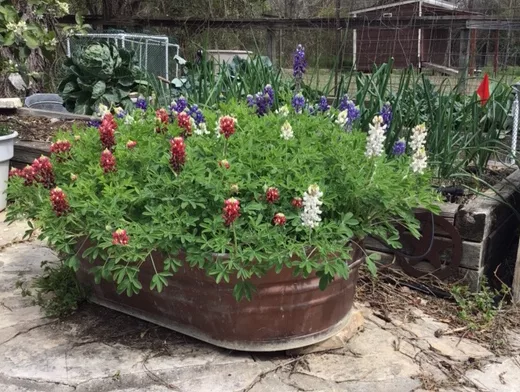
Planting Bluebonnets in a Container Garden
Another way to enjoy the beauty of bluebonnets is to start the seeds in a large container where the plants will flower this spring or in small pots or seed trays to transplant into the landscape.
Tips for container success:
- Use good potting soil
- Press the seeds into the earth.
- Cover with soil.
- Keep the soil moist until the plants grow.
- Keep the seedlings outdoors all winter to chill the plants.
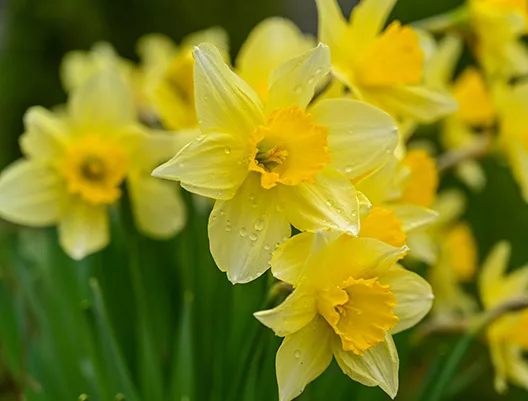
How to Plant Daffodils
Plant daffodil bulbs in November and December for gorgeous flowers your neighbors will envy in February and March.
For spring blooms, my family plants bulbs as a Thanksgiving tradition.
We have been planting different daffodils for years.
It’s such a delight to see them every year.
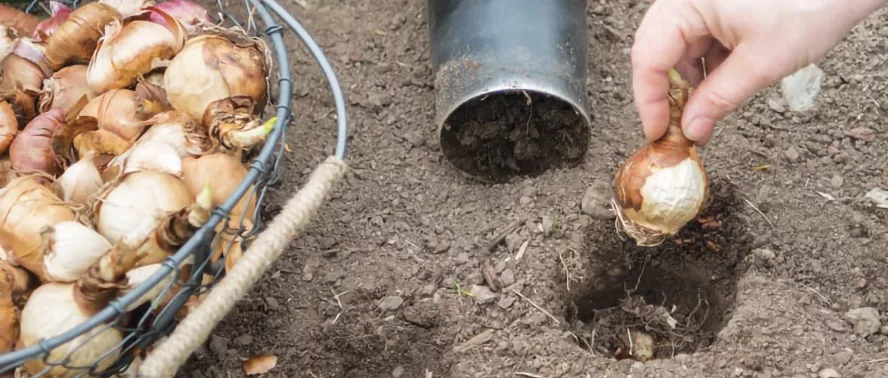
Follow These Planting Tips:
- Keep bulbs in the refrigerator until you are ready to plant.
- Plant bulbs in soil amended with compost where the earth will drain so the bulbs do not sit in water after rain or irrigation.
- Place the bulbs three times deeper than the bulb’s diameter.
- Plant 3 to 5 bulbs in a grouping under deciduous trees, in ground cover, in front of shrubs, or in perennial flower beds.
- After the flowers fade, fertilize and allow the foliage to grow until it turns yellow, then cut off the yellow foliage.
Other perennial bulbs for this area include Dutch iris (a bulb-type iris), Byzantine gladiolus (Gladiolus byzantinus), hardy amaryllis (Hippeastrum x johnsonii), oxblood lily (Rhodophiala bifida), pink magic lily (Lycoris squamigera), red spider lily (Lycoris radiata) and Rain lily (Zephyranthes candida).
Enjoy your journey in the world of bulb and seed planting. Your hard work will be rewarded with a beautiful display of Texas bluebonnets and daffodils in the spring.


